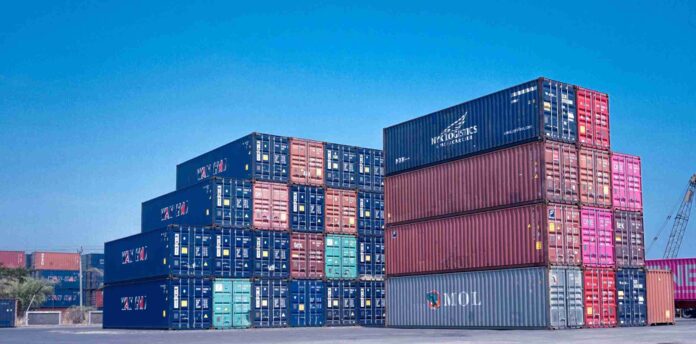Shipping containers have long been recognized as the sturdy metal boxes that transport goods across oceans and continents. However, over the last few decades, these industrial structures have begun to reinvigorate approaches to architecture and design by being repurposed into dynamic and functional spaces that defy traditional norms. As they find new life far beyond the ports and freight yards where they originated, the uses of shipping containers span from residential dwellings to commercial hubs, showcasing their incredible versatility and potential for sustainability.
Housing and Accommodation
One of the most significant shifts in the use of shipping containers is their application in housing. With the growing need for affordable and sustainable housing, particularly in urban areas, container homes have emerged as a compelling solution. The modular design of shipping containers allows for stacking and various configurations, creating modern homes that are both stylish and functional.
The speed of construction is particularly appealing; a container home can be assembled in weeks, a stark contrast to traditional house building timelines that can stretch for months. These homes can be insulated and finished to mirror conventional housing standards, making them comfortable living spaces.
Moreover, container homes can be outfitted with energy-efficient systems, solar panels, and recycled materials, aligning with current sustainability goals. By reimagining these containers into homes, we are not only addressing the housing crisis but also promoting eco-conscious living.
Commercial and Retail Spaces
Beyond residential uses, shipping containers have become a popular choice for small businesses looking to enter the market without the overhead costs associated with traditional brick-and-mortar shops. They are particularly well-suited for pop-up shops, cafés, and restaurants, offering an innovative alternative for entrepreneurs.
A prime example of this trend is Boxpark in London, a vibrant retail and food hub constructed entirely from converted shipping containers. This establishment reflects how containers can contribute to a unique urban landscape and provide a distinctive shopping and dining experience.
Another advantage of using shipping containers in commercial settings is their portability, making them ideal for events and festivals that require temporary structures. Additionally, their industrial aesthetic appeals to a contemporary, design-savvy consumer base, while the practicality of quick and efficient assembly keeps operational downtime to a minimum.
Businesses are also leveraging shipping containers for storage solutions due to their rugged build and relatively small footprint, allowing for efficient use of space without extensive construction projects.
Other Creative Uses
The adaptability of shipping containers has inspired a wealth of creative applications beyond housing and retail. Artists and architects are transforming containers into art studios, community centers, and even urban farms, expanding the boundaries of how we view these structures.
In educational settings, containers are being repurposed as classrooms and storage facilities, providing flexible and cost-effective solutions for schools that may be short on space. The versatility of containers has also led to their use in gyms, co-working spaces, and even swimming pools. This breadth of applications reflects the remarkable potential of shipping containers to serve various societal needs.
Benefits for People and the Environment
The repurposing of shipping containers offers numerous advantages. For individuals seeking affordable housing, the ease and speed of construction coupled with customization options can make a container home an attractive choice. For businesses, containers provide a unique opportunity to capture consumer attention while minimizing startup costs.
From an environmental standpoint, reusing shipping containers contributes to waste reduction and lessens the demand for new building materials. Their compact design also encourages energy efficiency, aligning with the push for more sustainable development practices.
In conclusion, shipping containers are no longer just passive carriers of cargo; they have evolved into transformational structures that challenge conventional architecture and address contemporary challenges in housing, commercial activities, and creative endeavors. By embracing the potential of these rugged steel boxes, we pave the way for a future that prioritizes innovation, sustainability, and community-driven solutions.














